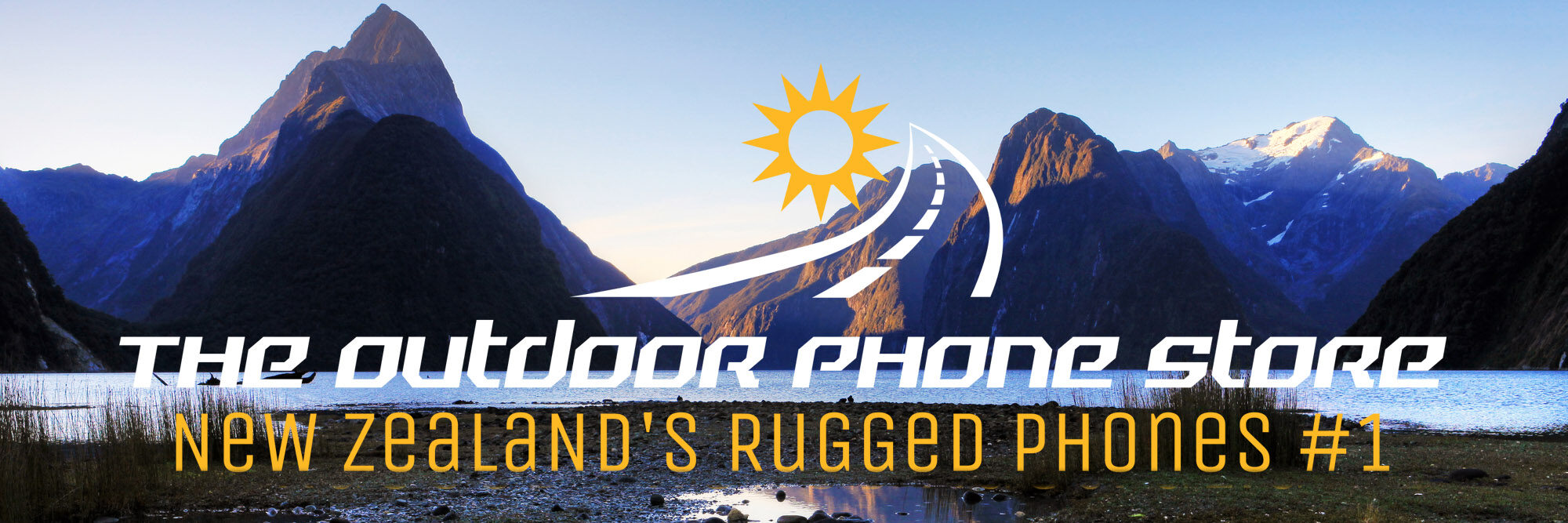
Amazon immersion
Richard Scheinin visits a treetop eco-lodge as he explores the untamed river
ON THE RIO NEGRO, BRAZIL – I was fortunate while in the Amazon to have Michael Kartwright as my guide. Ex-gold miner, ex-diver, and ex-cowboy – a “legendary Third World fixer,” I’d been told, a man who would open doors, take me anywhere I wanted to go, and, best of all, educate me about what I was seeing. I envisioned Kartwright as some kind of wild man.
But here he was aboard a small ferryboat chugging from Manaus, the Amazonian metropolis of two million, toward a distant portion of jungle, and he was instead the epitome of erudition and charm. He was 51, a spark plug of a man. Born in Guyana to parents of East Indian descent, he spoke in a clipped staccato rush that reminded me of rapid rhythms coaxed from a tabla drum by a master musician.
Crossing the Rio Negro, which seemed wide as an ocean, he held forth on Amazonia’s geologic history, on tectonic plates and tributary sources, on indigenous tribes, dolphins, reptiles and fish, including the 500 types of catfish that swim the rivers here. Cracking open a couple beers and handing me one, he said cheerily that the largest catfish is the piraiba, which can grow to more than six feet and has been known to drag swimming children to the bottoms of rivers and swallow them whole. Kartwright also explained why I wasn’t being consumed by mosquitoes: The Rio Negro’s waters, dark as leather, are loaded with decaying vegetative matter and tannic acid, which makes it hard for the bugs to survive.
This absence of bugs was delighting me as was the temperature – a righteous heat, cleansing but not killing – as we passed through the Rio Negro’s narrowest strait and approached our destination. There it was, straight ahead: the Ariau Amazon Towers, a treetop hotel rising from the jungle canopy.
It was about the strangest thing I’d ever seen: five circular towers that resemble lopsided wedding cakes, topped with tin roofs painted in tropical blues and greens, all linked by long, narrow wooden catwalks that swayed slightly as the swelling river’s waters lapped beneath them. The place brought to mind a primitive space station, and all the visitors who had accompanied us on our 60km ride from Manaus grew silent as the ferry glided through the shady creeks that crisscross the miles of hotel property. We slid past a soccer field that floats on pontoons and a 20-metre reinforced, wooden tower that guests must climb to reach “Tarzan’s House” – Ariau’s version of a penthouse suite. I’d spent the previous two weeks in Rio de Janeiro and Salvador, big cities with generic big-city hotels, and I was immediately charmed by the fact that Ariau (pronounced AH-ree-ah-OO) was pleasingly out-of-kilter, almost jerry-built, it seemed, yet somehow durable and waiting to give me an adventure.
The “eco-lodge” was designed in the mid-`80s by an influential lawyer and financier in Manaus, Francisco Ritta Bernardino, who is also a remarkable and quirky artist and architect. In 1982, the oceanographer Jacques Cousteau had told Bernardino that he would capture a lucrative market with a hotel such as this, built from strong-as-iron tropical woods, and drawing water for its showers and swimming pools from artesian wells. The hotel does its best to enhance the jungle; garbage is still burned to ashes and used as fertilizer or fed to pigs at a farm upriver. There is almost no visible concrete or plastic.
Kartwright was hired several years ago to direct a staff of 15 guides at Ariau. Even before I had a chance to wash up, he wanted to show me a few things. There was the thatched, open-air “cultural center” where Olivia Newton-John once led a couple hundred guests in song. There was the floating menagerie – actually, an animal rescue operation for indigenous birds, cats and monkeys – that had fascinated actress Susan Sarandon a few months earlier. (Kartwright, naturally, was her guide.)
I couldn’t help noticing that the catwalks were crawling with monkeys – gray woolly monkeys, each about two feet tall, leaping about like squirrels to the delight of arriving children. I had been warned that these monkeys like to open unlocked doors and destroy the possessions of guests. Kartwright called them “happy, but mischievous.” He also pointed out a couple of small, skinny spider monkeys, and told me that they are fertile only two months a year (“Man should be like that; we’d have a whale of a time!”). He led me to the dining hall for a massive buffet lunch of catfish stew, salads, beans, chicken dishes and coconut flan. Then he sent me to my room, where I found that the air conditioning wasn’t working, turned on a fan, peeled off my clothes, checked out the jungle vistas and plopped down on my bed for a nap. Above my head, I spotted a piece of paper tacked to the wall. On it were printed 11 “Rules for Hotel.” I concentrated on No. 7: “Do not swim or play in the water close to the hotel; there are big caimans around.”
After my nap, I dodged the monkeys and hurried to meet Kartwright in the breezy lobby. I’m a religion writer and, in a series of e-mails a few weeks earlier, I had asked him if he might arrange a meeting with a local Indian shaman of the Tariano tribe. I was particularly interested in learning about the indigenous tradition of using a natural hallucinogen called ayahuasca as a means to access the spirit world for divination and healing. I thought this was a fairly exotic request, but Kartwright wrote back, “No problem!” And now we were about to go meet the shaman.
We headed up the Ariau River – a tributary of the Rio Negro – in a small outboard, passing miles of flooded forest, waving to families who live in tiny cabins perched on stilts. After about an hour, Kartwright pulled our river taxi onto a small beach of orange-brown clay and there he was, the shaman, hands stuffed shyly into the pockets of his shorts. He shook our hands, then motioned for us to sit on a couple of tree stumps. I should feel free to ask any questions I wanted, he told Kartwright, who translated. The shaman called himself Caree. He broke off a branch from a nearby bush; this was the caapi vine, from which the hallucinogenic tea is derived. It is ritually pounded and ground to form the basis for the brew, which is extraordinarily powerful and was used ceremonially in the village where he grew up, hundreds of kilometers upriver. Here, near Ariau, he lives with only a few family members and feels very distant from tribal rituals like those involving the caapi vine. In fact, many Indians along the river have become evangelical Christians, abandoning ayahuasca and much else.
We were sitting in front of a thatch-roofed, dirt-floored house. On the planks of its outer walls there were swirling patterns painted with thick clay-based pigments of pink, black and ocher. The patterns practically vibrated. Caree said they were representations of the demonic visions one sometimes sees under the influence of ayahuasca. Entranced as a young man, he once saw waves of blood rolling toward him. He struggled to pass through the blood – and then met his father, dead 15 years, who calmed his fears and recited the tenets of right living to his son. Caree wasn’t sad or dramatic as he told his stories. He smiled easily, fine lines creasing his copper skin. It occurred to me that the shaman, 65 years old, was happy to be distracted by strangers on this quiet, drizzly afternoon.
We talked for about an hour, thanked him, and headed back down river. It was almost dusk and I noticed that the remaining light was playing on the water in funny ways. It was setting off patterns of undulating shadows in the dark moving waters – rocking, spiraling patterns that looked a lot like the ones painted on Caree’s house.
There was a similar surreal quality to many of our outings. One night at 11, we boarded the outboard and headed out under a full moon into the flooded forest. Kartwright brought along two young guides to help him lasso the crocodile-like caimans that he hoped to catch.
We putt-putted through narrow forest passageways, brushing against hanging branches of massive trees, and listened to the night sounds of the jungle. No one spoke. One guide sat in the back of the boat, navigating, while the other, named Levi, stood silhouetted beneath the moon at the front of the craft. He held up a flashlight, which he planned on using to blind the caimans.
Then we emerged from the forest into a large lake. We listened to a frog song – high-pitched chirping that sounded like the squeaky sounds of samba drums. The moon and a million stars illuminated the lake. Floating hyacinths abounded. Levi’s light accented the outlines of denuded trees, their branches poking out akimbo above the surface of the water. It was eerie, a midnight theme park in the middle of nowhere.
We approached the banks of the lake now, making plenty of noise to scare up a caiman or two. Levi leaned precariously over the edge of the boat, peering into the waters.
“Stay there!” Mike shouted at me. He leaped to Levi’s side with a rope in his hand and, before I knew it, was trying to get the lasso around a caiman’s neck. There was a lot of splashing and thrashing. Kartwright was laughing; he shouted that the critter was “only” two metres. But it got away.
This happened two or three times. The caimans were wily tonight. Finally, we settled for a baby – less than two feet long and looking a bit frightened, it thrashed about in Kartwright’s grip, then settled down. My guide explained that its tail was “good eating.” Then he held forth, alternating English and Portuguese, on the animal’s metabolism. It has a variable heart rate that it controls “like a yoga master.” This white caiman – which Kartwright released into the water a few minutes later – can live to an age of 65 or 70 years and grow to nine feet in length, he said. The more formidable black caimans can live a century and reach six metres.
“Last year,” he said, “one came up slowly behind a fisherman on the bank, knocked him in the water with its tail, and killed him.”
Earlier that day, Kartwright had told me that he enjoys swimming in this lake, because caimans “rarely attack.” We all take risks, I suppose. I rode the New York City subways for years.
But I grew a little uneasy one morning when Kartwright told me quietly that an anaconda had slithered out of the water somewhere on the hotel grounds and coiled itself around a gray woolly monkey. “Sank the monkey, drowned the monkey, ate the monkey.”
Still, as my visit went on, I wondered if some of these Amazonian risks I’d been hearing about were mere titillation for tourists. After all, I was in the hands of pros. Ariau wasn’t going to let me get hurt. I was having an orchestrated adventure, and that was fine with me.
I spent much of my time like the other guests, benignly soaking up the heat and the astonishingly glorious surroundings. Kartwright took me miles out into the middle of the Rio Negro at sunrise, where we were quickly surrounded by a school of leaping, gray dolphins. He took me for a walk in the rain forest, hacking and scraping at vines so that he could deliver a walking lecture on ethnobotany. This vine cures menstrual cramps. That one relieves drunkenness.
One morning, toucans shot past us on the river as we headed toward a local village. Kartwright was telling a story about Bill Gates – he stayed at Ariau a couple years ago, arriving in a private yacht with a security contingent – when he spotted something high up in a towering tree. He pulled the boat to the river bank, pointed way up into the branches at a basking iguana, and started slamming the water with a paddle. The ruckus startled the animal, big as a dog, so that it divebombed from 20 metres up, disappearing into the water with a great splash.
These were good times.
I grew to particularly love the trips through the winding passages of the flooded forest. Kartwright knew them inside out.
He knew where to fish for piranhas.
We stopped one afternoon, deep in the forest, in a passage where the water was ink-black and motionless. We could hear a pack of howler monkeys in the distance, thrashing and hooting through the treetops.
One minute, the flooded forest was noisy like that. The next, it was totally silent. Kartwright handed me a bamboo pole with a string and hook attached to it. He handed one to Levi, who accompanied us on most expeditions, then took one for himself.
Fishing for piranhas turned out to be easy, and I’m no fisherman. All you do is attach a piece of gizzard to the hook, flick the string into the jet-black water and – bam! bam! bam! – the piranhas hit.
I quickly pulled in one of the mean little suckers. It was surprisingly small – maybe five inches long – for a fish that inspires so much dread. Levi and Kartwright pulled them in one after another. Pretty soon we had a pile of piranhas on the bottom of the boat.
That night in the dining room, I had a surprise.
As we sat down to dinner, the chef arrived at our table with a large, steaming bowl of soup. Half a dozen red-bellied beasts floated on the surface.
They were piranhas.
I blanched.
Kartwright looked me straight in the eyes.
“Lovely eating,” he said with a smile. “Dig in.”






